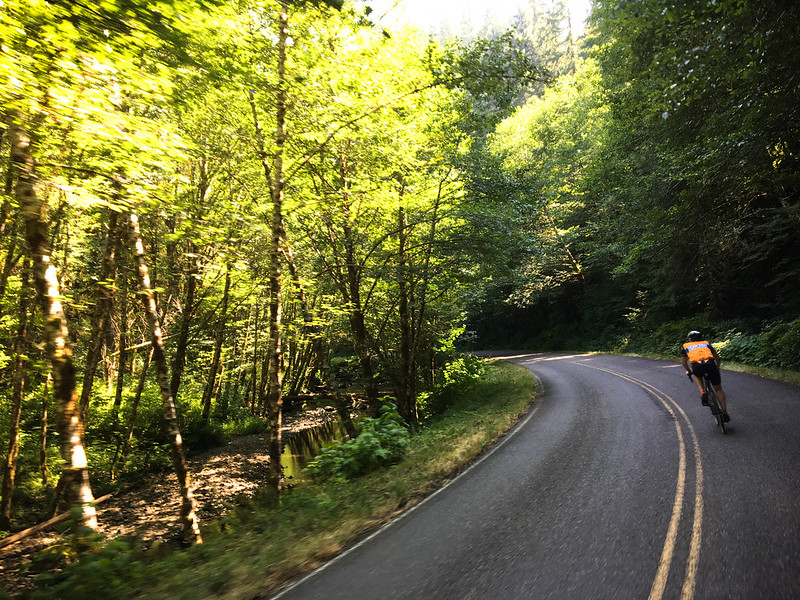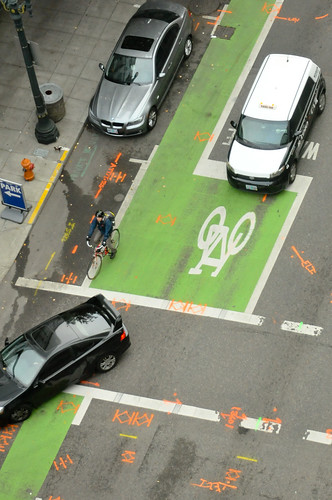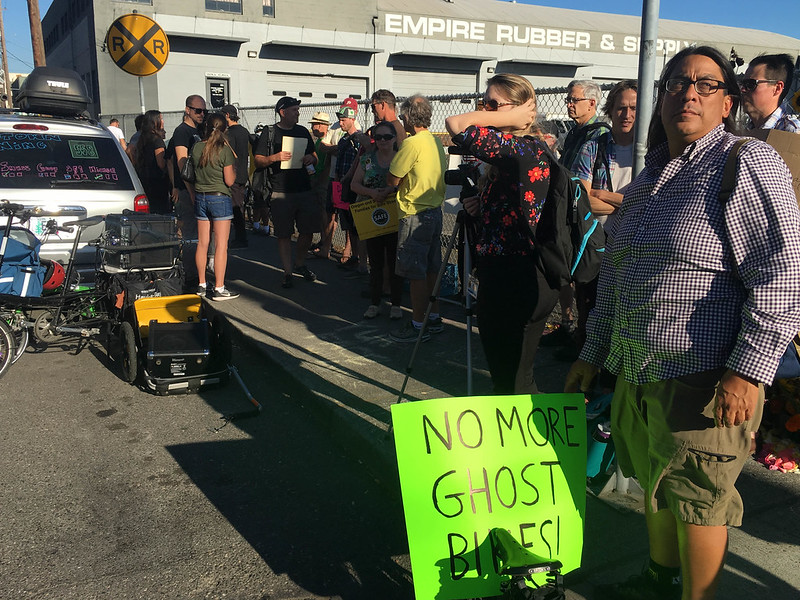“We would love to see this project successfully set a new precedent for how we address urban highways in Portland.”
— The Street Trust (formerly the Bicycle Transportation Alliance)
Technically speaking, not all freeway projects are created equal. But they all pretty much have the same goal: Make it easier for people to drive cars.
That being said, is it ever a good idea to widen a freeway in a dense, urban area? In 2017?
From an engineering perspective, the Oregon Department of Transportation’s current plan to add lanes to Interstate 5 at the Rose Quarter is a far cry from the 1950s-era plan to build the Mt. Hood Freeway through southeast Portland or the more recently vanquished Columbia River Crossing project.
A major theme of the current debate is whether the I-5 Rose Quarter project is qualitatively different. What if — as its backers (and fence-sitters) say — it represents a new era of highway building? One that’s kinder and gentler? One that even (supposedly) progressive Portlanders should get behind? What if this one is worth it and the “No More Freeways” mantra from activists is a knee-jerk reaction to an old boogeyman that deserves a chance to make good?
These are just some of the many question I want to address in the coming days.
The debate around this project is heating up as we’re just about one week away from a Portland City Council hearing that a new coalition group has targeted as the place to stop it.
While this coalition sees the project as a waste of money that will encourage auto use (among other things) — people who support it see it as a golden opportunity to fix local streets and bridges in the Lloyd District that serve thousands of daily bikers and walkers. Some even push back at the notion that it’s a “freeway widening” project at all.
Back in March, Portland Bureau of Transportation Planner Mauricio LeClerc told the Portland Planning and Sustainability Commission that, “This is an innovative project that really makes a freeway project something that is about place-making and that improves conditions for all modes.” LeClerc also warned that if the project doesn’t go forward, funding for surface street updates and new overpasses would improve convenience and safety for bicycle users could be lost. “How else are we going to fix those five bridges over the Rose Quarter now, unless we come up w $200 million ourselves?”


















